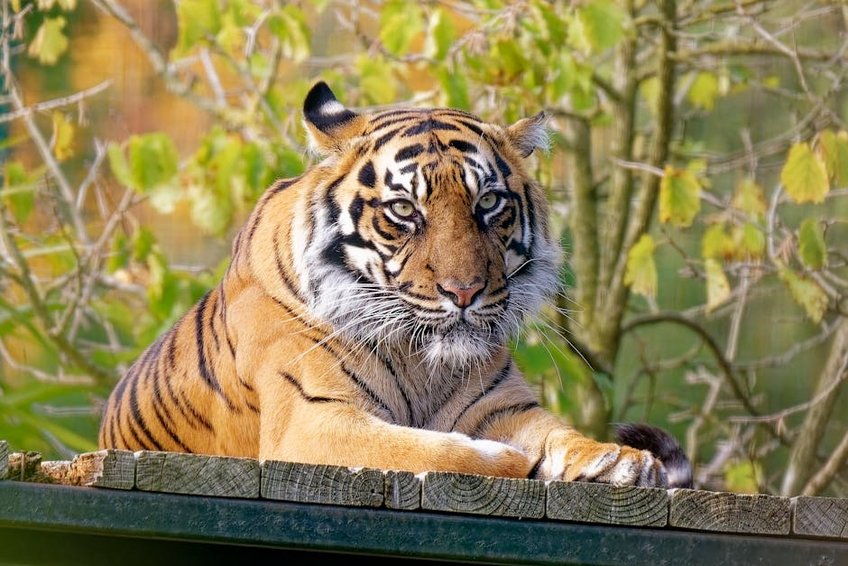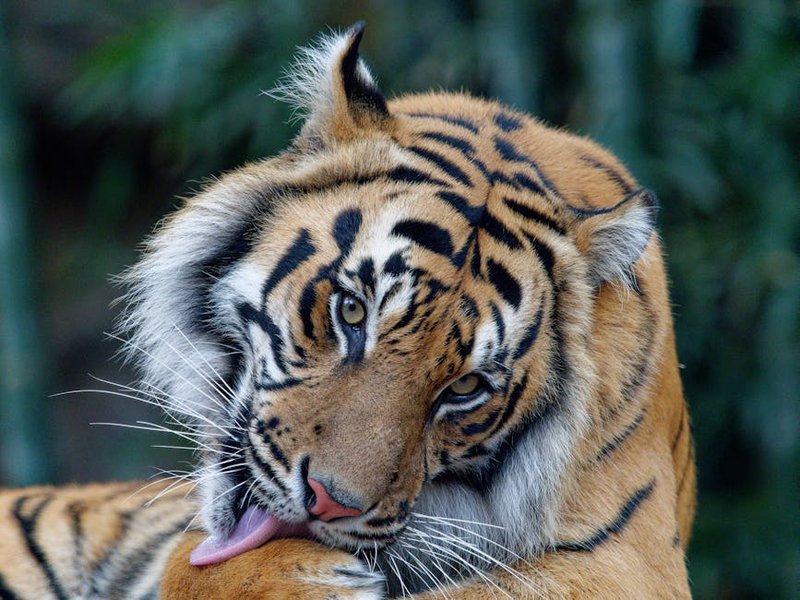Bangladesh Sundarbans Mangrove Forest: Wildlife and Nature Guide
The Bangladesh Sundarbans Mangrove Forest represents the world’s largest contiguous tidal mangrove ecosystem, spanning over 6,000 square kilometers across southern Bangladesh. This UNESCO World Heritage site shelters incredible biodiversity including the endangered Royal Bengal tiger, saltwater crocodiles, and rare bird species within its intricate network of tidal waterways. Your exploration demands careful planning for river navigation, wildlife safety protocols, and seasonal timing to maximize this unique ecological adventure across three distinct forest zones.
Essential Sundarbans Information
The Sundarbans mangrove ecosystem forms where the Ganges, Brahmaputra, and Meghna rivers meet the Bay of Bengal, creating a dynamic landscape that changes with daily tides. This massive delta region features approximately 10,000 square kilometers of mangrove forests shared between Bangladesh and India, with the Bangladeshi portion containing the most biologically diverse sections. Visitors discover four main forest types dominated by sundari trees, which give the region its name and create the characteristic above-ground root systems.
Key Geographical Features
Understanding the physical landscape helps navigate this challenging environment safely during your Bangladesh nature reserve experience.
- The forest comprises three wildlife sanctuaries – Sundarbans East, West, and South – each offering distinct ecosystems with specific conservation status and access regulations for visitors.
- Tidal fluctuations of 2-3 meters daily reshape the waterways, requiring experienced boat captains and careful timing for navigation through narrow creeks and broader rivers.
- Approximately 450 river channels crisscross the mangrove forest, creating a labyrinthine network that supports both freshwater and saltwater aquatic species in brackish conditions.
- Budget travelers can join group tours starting at $50 daily using shared accommodation on larger vessels, basic meals, and standard guide services while accessing main tourist routes.
- Mid-range options at $80-120 daily provide private cabins on smaller boats, better food quality, experienced naturalist guides, and flexibility to explore less crowded channels.
- Luxury expeditions costing $150+ daily feature air-conditioned cabins, professional wildlife photographers, customized itineraries, and permits for extended tiger tracking in remote zones.
- Bangladesh Tourism Board
- UNESCO World Heritage Centre
Climate and Seasonal Patterns
The tropical monsoon climate dictates all travel plans with three distinct seasons affecting accessibility and wildlife visibility. November through February brings the dry winter season with temperatures between 59-77°F (15-25°C) and minimal rainfall, creating ideal conditions for exploration. March through May sees rising humidity and temperatures reaching 95°F (35°C) before the June-October monsoon delivers heavy rainfall that can restrict boat travel.
Biodiversity and Conservation Status
This mangrove biodiversity hotspot supports over 300 plant species, 400 fish varieties, 35 reptile types, and 315 bird species within its protected boundaries. The forest gained UNESCO World Heritage designation in 1997 recognizing its exceptional universal value as both a critical ecosystem and endangered species habitat. Conservation efforts focus on protecting the estimated 100 Bengal tigers while balancing sustainable tourism and local community needs.

Alt: “sundarbans-mangrove-forest-tidal-waterways-boat”
Planning Your Bangladesh Sundarbans Mangrove Forest Trip
Organizing your Bangladesh Sundarbans Mangrove Forest adventure requires attention to permits, transportation logistics, and seasonal considerations for optimal wildlife viewing. Government regulations mandate that all visitors join approved tour operators who handle necessary permissions from the Forest Department for entry into the protected areas. Budget between $50-150 daily depending on accommodation style, tour duration, and group size, with most quality operators including meals, guides, and boat transport.
Best Time to Visit Sundarbans
Visit between November and February when temperatures range from 59-77°F (15-25°C) with low humidity and minimal mosquito activity for comfortable exploration. These winter months offer the clearest skies for photography and highest probability of tiger sightings near water sources as animals venture further during cooler periods. Avoid the monsoon season from June to September when heavy rainfall limits navigation and many forest areas become inaccessible due to flooding.
Budget Planning and Costs
Consider these three budget tiers when planning your mangrove forest exploration.
Essential Preparation Checklist
Pack lightweight neutral-colored clothing, waterproof bags, sturdy walking shoes, and high-quality binoculars for optimal wildlife observation from boat decks. Include mosquito repellent with DEET, oral rehydration salts, basic first-aid supplies, and any personal medications since medical facilities remain limited within the forest area. Secure comprehensive travel insurance covering emergency evacuation, verify passport validity exceeds six months, and obtain necessary Bangladeshi visa before departure.
Top Attractions and Activities
Wildlife spotting forms the core experience with trained guides helping visitors identify species while maintaining safe distances from potentially dangerous animals. Boat-based exploration allows access to remote channels where dolphins, crocodiles, and monitor lizards appear regularly alongside hundreds of bird species. The forest administration maintains several watchtowers at strategic locations like Katka and Hiron Point that provide elevated viewing platforms for safer wildlife observation.
Must-See Highlights
Katka Beach offers stunning coastal scenery where the forest meets the Bay of Bengal, creating opportunities to spot deer, dolphins, and occasionally tigers along the shoreline. The Hiron Point station features an excellent watchtower overlooking expansive grasslands where spotted deer graze and tigers sometimes emerge during early morning or late afternoon. Visit Dublar Char Island between November and February to witness traditional fishing communities and potentially join the annual Rash Mela festival if timing aligns.
Hidden Gems and Local Favorites
Explore the lesser-visited Kotka-Kochikhali channel complex where narrower waterways reveal more intimate wildlife encounters with fewer tourist boats disrupting natural behaviors. Local guides know secret spots like the Jamtala beel (marsh) where bird concentrations peak during winter migration, offering phenomenal photography opportunities away from main routes. Time your visit with low tide to witness the unique phenomenon of walking fish (mudskippers) and fiddler crabs emerging across exposed mudflats.
Wildlife Spotting Techniques
Maintain silence during boat movements and use binoculars systematically to scan riverbanks where animal activity concentrates during cooler morning and evening hours. Learn to identify pugmarks (tiger footprints), territorial markings, and kill sites from experienced guides who understand predator patterns and prey behavior within this complex ecosystem. Patience proves essential since wildlife appears unpredictably, making multiple-day tours significantly more rewarding than brief visits.
Practical Travel Information
Reaching the Sundarbans requires flying into Dhaka followed by domestic travel to Khulna or Mongla, the primary gateway towns where most tours originate. Accommodation options range from basic guesthouses in port towns to liveaboard boats that provide the most immersive experience with mobility between different forest zones. Advance booking remains essential, particularly during peak season from December to February when quality operators and better vessels fill weeks ahead.
| Accommodation Type | Features and Amenities | Price Range (USD) |
|---|---|---|
| Liveaboard Boats | Private cabins, meals included, guide services, daily itinerary flexibility | $80-200/night |
| Forest Rest Houses | Basic government-operated lodging, limited electricity, shared facilities | $15-40/night |
| Khulna/Mongla Hotels | Standard hotel comforts, air conditioning, restaurant access, tour booking | $25-80/night |
| Eco-Resorts | Sustainable design, nature immersion, cultural activities, guided tours | $50-120/night |


